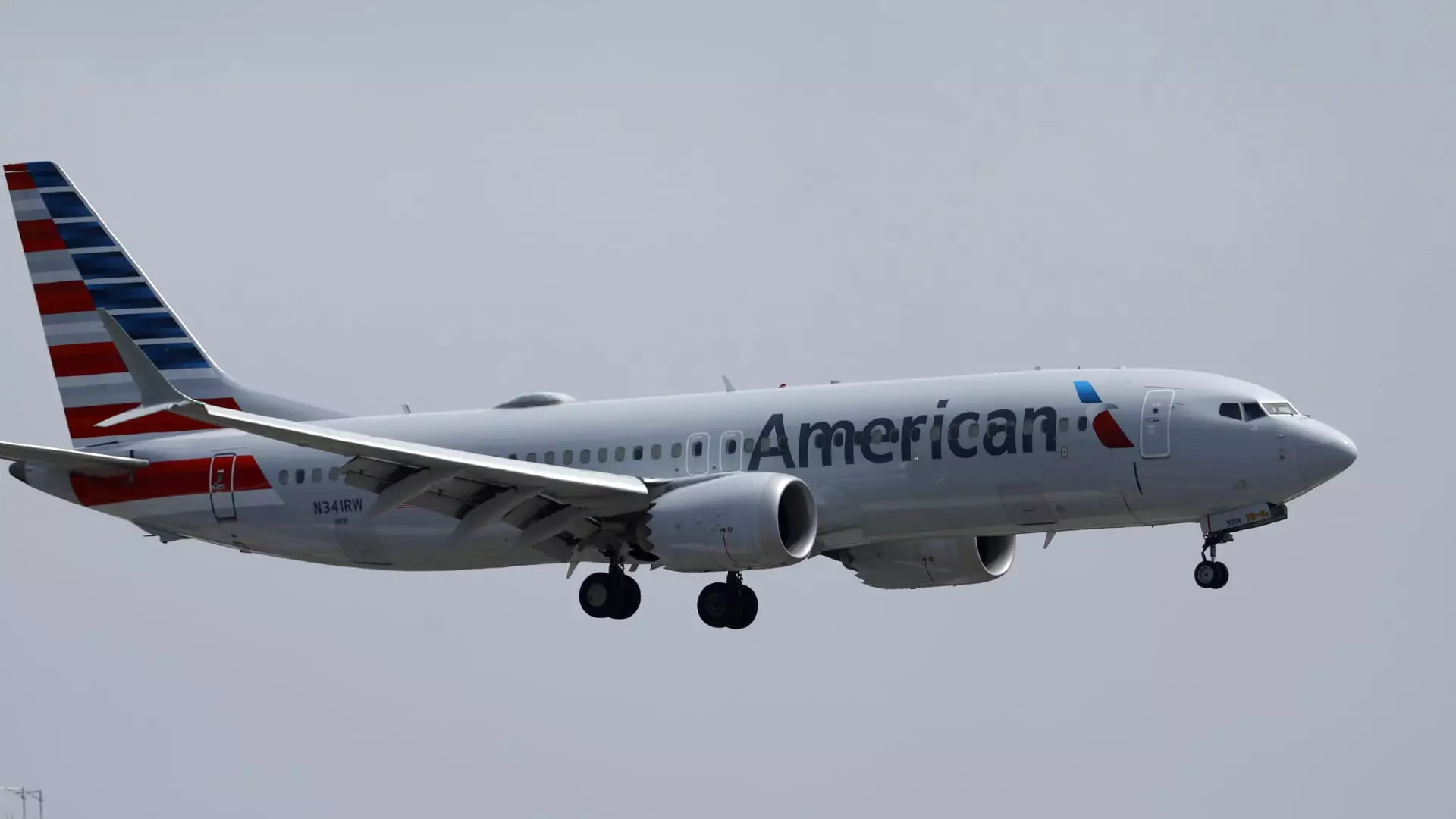American Airlines recently announced a significant slash in its profit forecast for the year due to the failure of a sales strategy. The airline now expects to earn between 70 cents to $1.30 per share this year, a substantial decrease from the $2.25 to $3.25 a share it had originally forecasted in April. This new projection falls short of the $1.10 to $2.60 a share that Wall Street analysts had anticipated.
The Fort Worth-Texas based airline attributed the profit forecast cut to an industry-wide glut of flights, resulting in airlines being forced to discount seats. American Airlines anticipates that its unit revenue will decrease by as much as 4.5% for the third quarter, as high travel demand fails to offset the excess of flights in the market. This imbalance has had a direct impact on the airline’s financial performance.
American Airlines admitted that the dismal results were due to a failed direct-to-consumer sales strategy that backfired. The airline received complaints from travel agents and customers, prompting them to take immediate action to rectify the situation. CEO Robert Isom acknowledged the shortcomings, stating that the prior sales and distribution strategy, coupled with an imbalance of domestic supply and demand, led to the underperformance in the second quarter.
In the second quarter, American Airlines reported adjusted earnings per share of $1.09, slightly higher than the $1.05 expected by Wall Street analysts. However, the revenue fell short of expectations at $14.33 billion compared to the anticipated $14.36 billion. This discrepancy in financial performance is further evidence of the challenges faced by American Airlines.
The struggles faced by American Airlines are not isolated incidents, as evidenced by Southwest Airlines’ similar experience. Southwest reported a 46% decline in quarterly profit, despite a 2% increase in revenue. The airline is also adjusting its strategies to boost revenue and navigate through the challenging market conditions. The airline industry as a whole is grappling with the repercussions of the oversupply of flights and the resulting need to discount seats to attract passengers.
American Airlines’ failed sales strategy has had a significant impact on its financial performance and profit forecast for the year. The airline is now focused on reorienting its sales and distribution strategy to address the challenges faced in the market. As the industry continues to adapt to the changing dynamics, it is essential for airlines to remain agile and responsive to ensure long-term sustainability and success.

